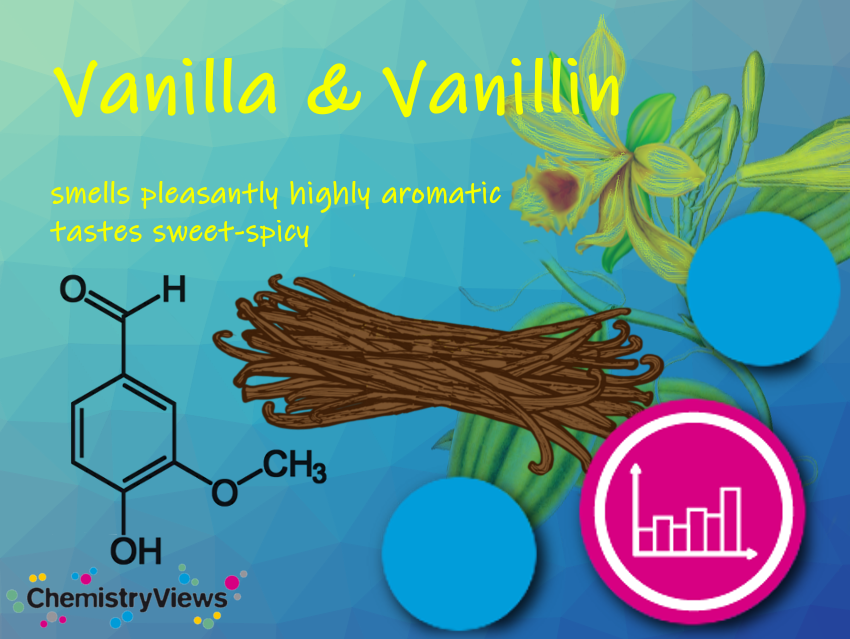We know vanilla from food and the kitchen. Here we want to take a closer look at what vanilla is and we will see what the difference between vanilla and vanillin is.
.png)
The flowers bloom for only a few hours, roughly from early morning until around ten o’clock. They must be artificially fertilized. The unfertilized flowers die and have to be removed from the plant.
Just before the pods burst open, the vanilla is picked. The pods mold quickly and must, therefore, be processed within 48 hours. First, the tissue of the fruit is killed by sun drying, steam, or repeated immersion in boiling water. This is followed by a fermentation process in which air, heat, and humidity act on the fruit. During this process, the aroma substances of vanilla develop. This process takes several weeks and is followed by a drying process.
.png)
Baked goods of all kinds are flavored with vanilla, as are casseroles, puddings, desserts, drinks, and sweet sauces. In addition to vanilla sugar, the vanilla sticks offered in glass tubes are used as a spice. With particularly fine meals one scrapes the pulp contained in the fruits out and uses it as spice; the pod is only let cook for a short time, then it is taken out, and stored in a closed can in sugar, which is flavored even more strongly by it. Vanilla is very sensitive to foreign odors. Vanilla sticks as well as vanilla sugar should, therefore, be stored dry and closed.
References
- Klaus Roth, Is Vanilla-Flavored Pudding a Mutagen?, ChemistryViews 2017. https://doi.org/10.1002/chemv.201700067
- Ruth Genuneit, Gewürze und Backtriebmittel in der Weihnachtsbäckerei, Institut Dr. Flad, Stuttgart, Germany, 2019. (Retrieved November 24, 2020)
- William Cook, The Physiomedical Dispensatory, 1869. (Retrieved November 24, 2020)
Also of Interest
- Chemistry Advent Calendar 2020
ChemistryViews 2020.
Daily highlights from the chemistry of spices




